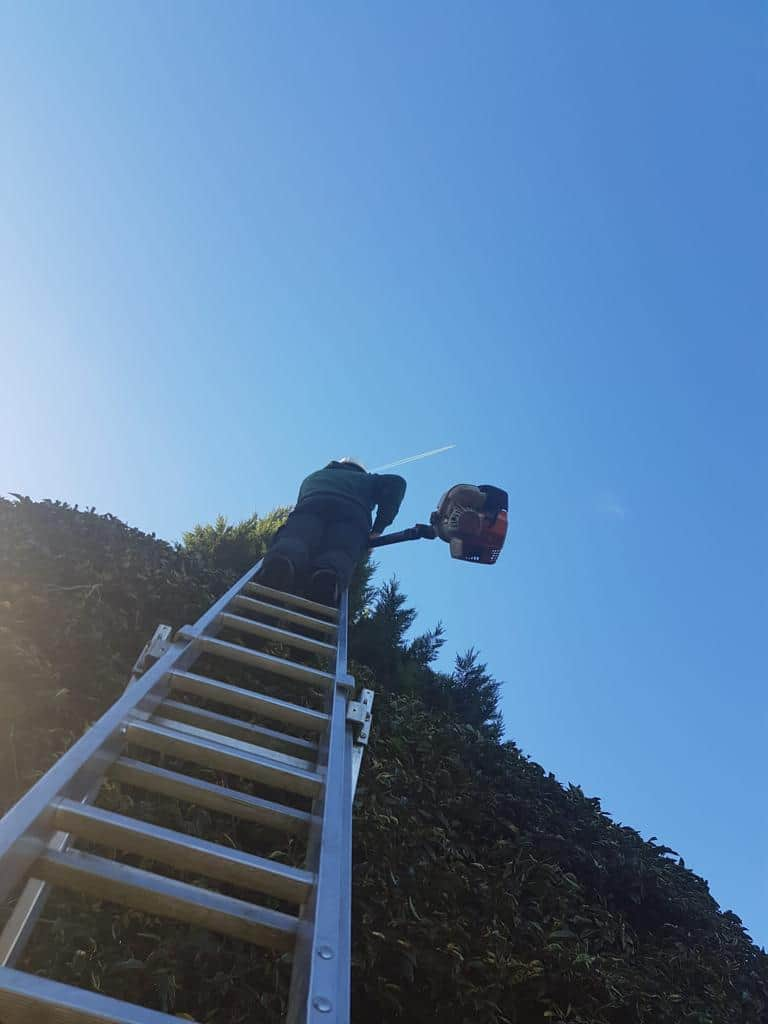When it comes to tree surgery, the work doesn’t end once the pruning or felling is complete. Proper aftercare is crucial for the health of the tree and the safety of your property. Whether you’ve had a major prune to encourage growth or a tree completely felled for safety reasons, understanding the next steps is essential. At EM Tree Surgery Keynsham, we are dedicated to providing not only expert tree surgery but also guidance on the aftercare necessary to ensure the best outcomes for your trees and landscape.
Understanding Tree Surgery Aftercare
Tree surgery aftercare involves several important practices that help trees recover from pruning or felling and ensure a healthy environment for growth. Here’s what you need to consider after the procedure:
1. Monitoring the Tree’s Health
After a major prune, it’s vital to monitor the tree for any signs of stress or disease. Look for:
- New Growth: Healthy trees will start showing signs of new growth within a few weeks to months after pruning.
- Wilting or Discolouration: If leaves are wilting or turning yellow, it could indicate that the tree is struggling to recover.
- Pests or Fungus: Keep an eye out for any unusual pests or fungal growth, which can be signs of underlying problems.
If you notice any concerning symptoms, contact a professional tree surgeon for an assessment.
2. Watering and Nutrient Supply
After a significant prune, the tree may need additional care to support its recovery. Here are some guidelines:
- Watering: Ensure the tree is adequately watered, especially during dry periods. Newly pruned trees may require more frequent watering to help establish new growth.
- Fertilisation: Depending on the tree species and soil conditions, applying a slow-release fertiliser can provide the necessary nutrients for recovery. Consult with a tree care professional to determine the best approach.
3. Proper Mulching
Mulching around the base of the tree can be incredibly beneficial after surgery. A layer of organic mulch helps:
- Retain soil moisture
- Suppress weeds
- Regulate soil temperature
- Provide nutrients as it breaks down
Apply a 2-4 inch layer of mulch, keeping it a few inches away from the trunk to prevent rot.
4. Pruning Maintenance
If you’ve had a major prune, consider scheduling follow-up maintenance pruning. This can help shape the tree and remove any dead or weak branches that may not have been evident immediately after the surgery. Regular maintenance promotes a healthy structure and encourages robust growth.
5. Stump Care After Felling
If a tree has been felled, the stump requires attention. Here are some options to consider:
- Stump Grinding: This involves grinding down the stump below ground level, allowing for easier landscaping and preventing regrowth.
- Natural Decay: If you choose to leave the stump, monitor it for signs of decay. While this is a natural process, it can attract pests, so it’s essential to keep an eye on it.
- Replanting: If you plan to replace the felled tree, consider the appropriate species for your landscape and consult with a professional about planting techniques.
Conclusion
Tree surgery is an essential part of maintaining the health and safety of your trees, but the aftercare that follows is just as crucial. By monitoring the tree’s health, ensuring adequate watering and mulching, and considering maintenance pruning or stump care, you can help your trees recover and thrive after surgery.
Call us on: 0117 463 1711
Click here to find out more about EM Tree Surgery Keynsham
Click here to complete our contact form and see how we can help with your tree’s needs.

